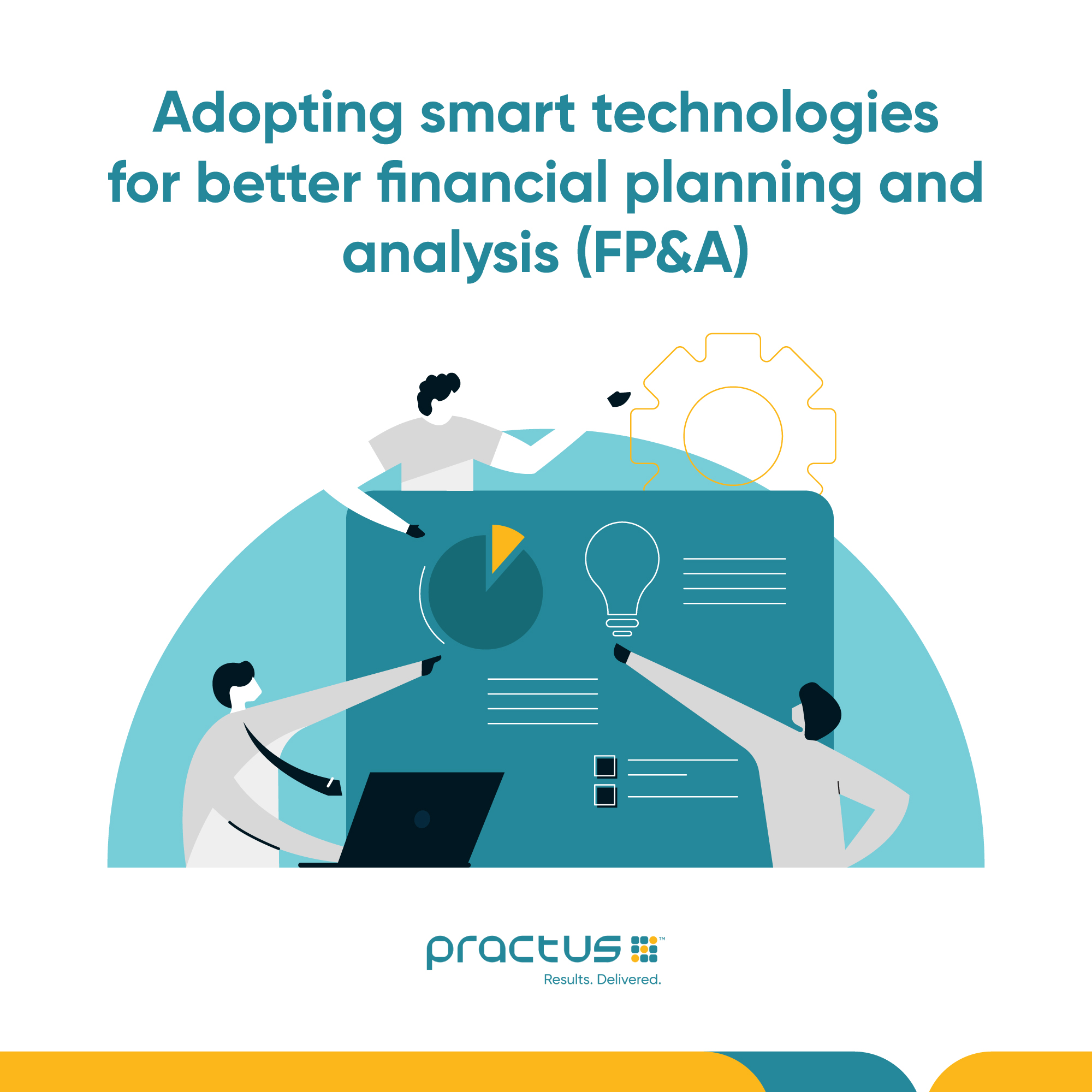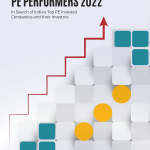

While the term ‘digital transformation’ has been in vogue for almost a decade now, till recently, many companies were paying more attention to their investments in new plants and infrastructure instead of taking their digital projects to the next level.
It was the onset of COVID-19 that suddenly brought forward an urgent need to adopt smart technologies to redefine business models. Organizations began to acknowledge their customers’ and employees’ digital expectations more actively. They intensified their efforts to catch up with the capabilities of the technology leaders who were focused on digitalization – even before the global pandemic struck.
A brand that I admire in this context is Asian Paints that has grown from a paint manufacturer in India to an innovative home décor solutions provider serving customers in more than 60 countries. The company believes that competition in any industry is broader than what businesses usually perceive, and to thrive in such an environment, it is essential to leverage customer data analytics smartly. It knew that it had to compete not merely with other paint companies but also tech-based startups, and capitalized upon the strengths of big data, cloud, IoT, AI and NLP to become a leading brand in its domain.
As the race for digital transformation (DX) got more robust after 2020, we saw enterprises – across industries and geographies – deploying technology solutions to optimize multiple business functions. These include, but are not limited to, demand forecasting, sales strategies, ERP, quality analysis, and customer service.
The key metrics that encourage entities to embark on or accelerate DX in any process are:
- Severity or magnitude of the problem to be addressed
- Scope for evaluating ROI after the deployment of a technology
- Quantum of investment
Companies need to check whether their DX projects will be big-bang or smaller but significant tasks that will collectively help to improve operational efficiencies and reduce costs. They must also determine how effectively the implementation of new technologies will help to reduce the workforce’s time spent on repetitive tasks that do not necessarily involve human intelligence
.
Adopting smart technologies for better financial planning and analysis (FP&A)
FP&A function in any enterprise is an undisputable use case for digital investment. A healthy financial plan keeps businesses focused as they grow and address new challenges – including unforeseen incidents such as the global pandemic. It also enables the organization to communicate clearly with its employees and stakeholders while building new competencies.
As finance steps into a new era of digital technologies, CFOs need financial models that can innovatively and speedily guide business strategies.
Practus has noted that at least 40% of the companies that seek our services are focused on better scenario planning and forecasting. And all of them want their FP&A teams to identify business growth opportunities by evaluating macroeconomic trends, generating product level forecasts and estimate ROI of their marketing spend.
The course of action for such organizations is to rise above the limitations of basic spreadsheet-based methodologies and unleash the potential of integrated planning or extended planning and analysis (x P&A).
As defined by SAP, xP&A moves beyond the boundaries of traditional FP&A. Within the concept, the “x” is not a variable representing any single department such as supply chain, sales, or HR. It actually stands for the removal of silos between finance and all other departments – and the capacity to connect and synchronize plans across the entire business.
Let us now delve into the key disruptive technologies that will help organizations to increase the capacity of their FP&A to achieve better business growth.
.
Cloud

Even though many companies originally resisted the switch to the cloud because of significant investments in on-premise products, they now know that legacy platforms do have their limitations. In the age where internet and mobile banking have largely done away with the need to visit banks for paper based transactions, businesses of all sizes need to adapt to the cloud for agile FP&A.
Cloud FP&A solutions provide built-in workflows that quicken the work involved in updating forecasts and testing what-if scenarios. They also improve collaboration between the accounting department – that maintains revenue and expense records – and the FP&A team that uses such records in their routine processes.
With their confidence in this technology’s abilities, 70% of the organizations already have at least one cloud app today and they plan to build more cloud computing capabilities in the near future.
Big Data Analytics

When it comes to extracting actionable insights from business data, FP&A is at the forefront. Technology advancements have reduced the costs and simplified the methodologies for data processing. Companies that are keen to optimize their business intelligence can unlock value from various data sources.
By incorporating knowledge from analysis of big data, companies can make more fruitful financial decisions. Data analytics enables them to derive real-time information around their customer expectations, market risks, profit margins, brand equity, and shareholder value.
As per a Forbes study 94% of enterprises say that data and analytics are important to their business growth and digital transformation..
Artificial Intelligence (AI) and Machine Learning (ML)

Corporate FP&A professionals look into both quantitative and qualitative analysis of all operational aspects of their organization to gauge its progress toward the pre-defined goals and to map future strategies. They need to consider economic trends and review the organization’s past performance while arriving at new decisions. The teams must also try to foresee potential obstacles while projecting growth forecasts. While their work here primarily involves data analytics, AI and ML make the task more productive and less error-prone.
AI and ML transform data into insights with predictive modeling and visualization technologies. By drawing and processing data from relevant sources, AI and ML empower FP&A professionals to make more connected and outcome-oriented decisions.
For records, 95% of finance leaders in the US (and 72% globally) believe that AI will be vital for the finance function of the future..
Internet of Things (IoT)

With connected smart devices giving access to useful information, the IoT brings huge opportunities for any company that is trying to digitally transform its FP&A function. It can use active and passive sensor data from IoT value chains to draw correlations between different factors that could not be analyzed together earlier. Access to more accurate data allows companies to plan and forecast their cash flows more efficiently.
IoT makes way for a connected enterprise paradigm wherein business operations are seamlessly digitized, and employees can utilize technology to build more efficient processes and unlock more value.
The confidence in IoT’s abilities has encouraged businesses across different industries to invest an average of $2.8 million in the technology through to 2024..
Blockchain
Blockchain is yet to become a game-changer that some business leaders had expected. However, its potential to transform FP&A processes cannot be undermined. It enables FP&A teams to track and manage data smoothly for quicker and more accurate reporting.
The technology could help to enhance business data security and rationalize contract enforcement. Bypassing the need to reconcile the internal records containing information on suppliers, business partners and customers, FP&A managers would be able to draw data from a blockchain network supporting the end-to-end value chain. And blockchains would provide access to external data with near real-time refreshes.
By improving market data sharing and integration, blockchains can support FP&A professionals in going beyond their linear models to integrate more of the value chain touchpoints and optimize forecasting.
The last word
While no one knows what the future holds, businesses serving millions of customers need to keep planning for what is likely to occur and stay prepared for it. In the FP&A domain, this implies working now to connect people with technology so that we can drive the inevitable disruption in the right directions and accelerate business growth. CFOs should therefore have clear vision and strategies to transform finance in a digital-first world.


